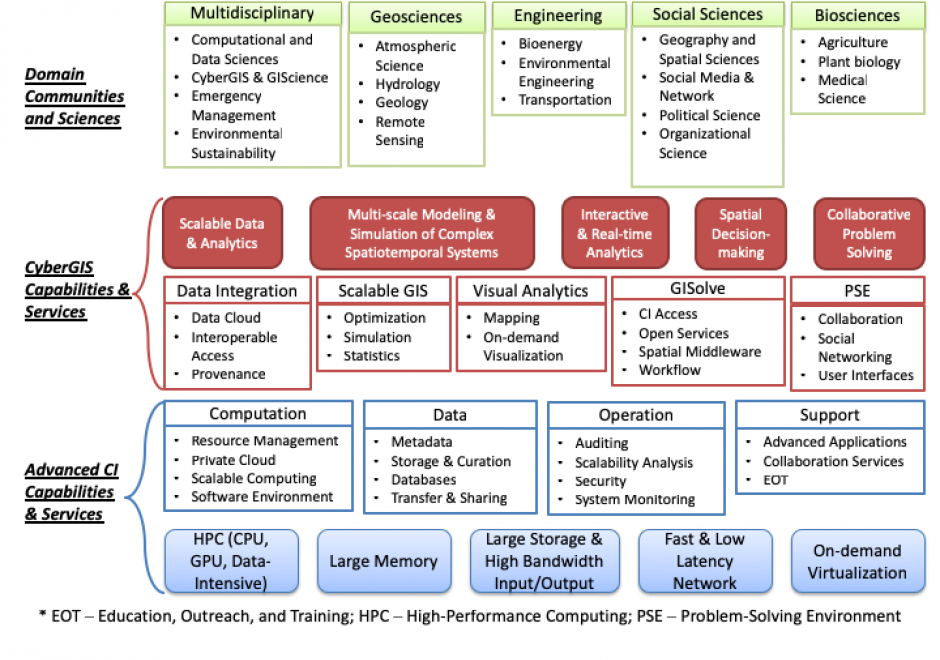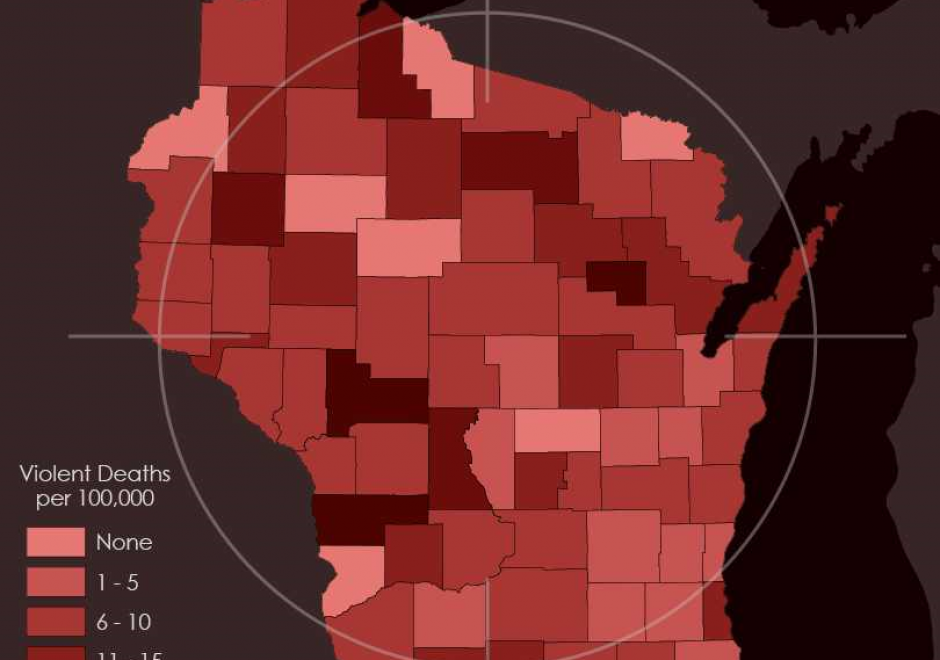DM-88 - Coordinate transformations

- Cite appropriate applications of several coordinate transformation techniques (e.g., affine, similarity, Molodenski, Helmert)
- Describe the impact of map projection transformation on raster and vector data
- Differentiate between polynomial coordinate transformations (including linear) and rubbersheeting




GS-02 - Contract law